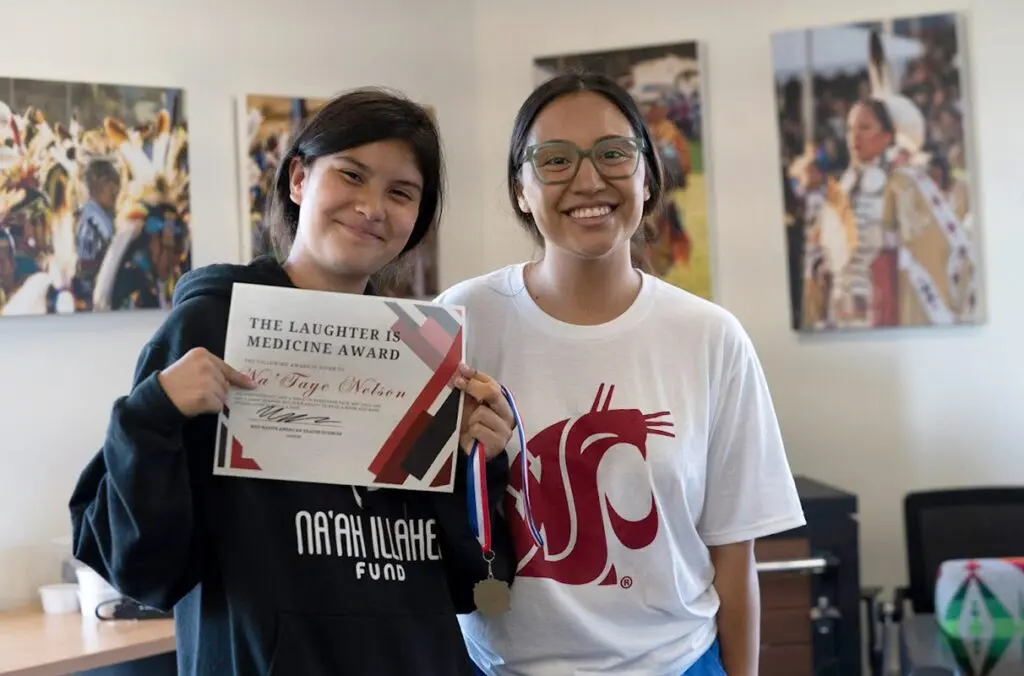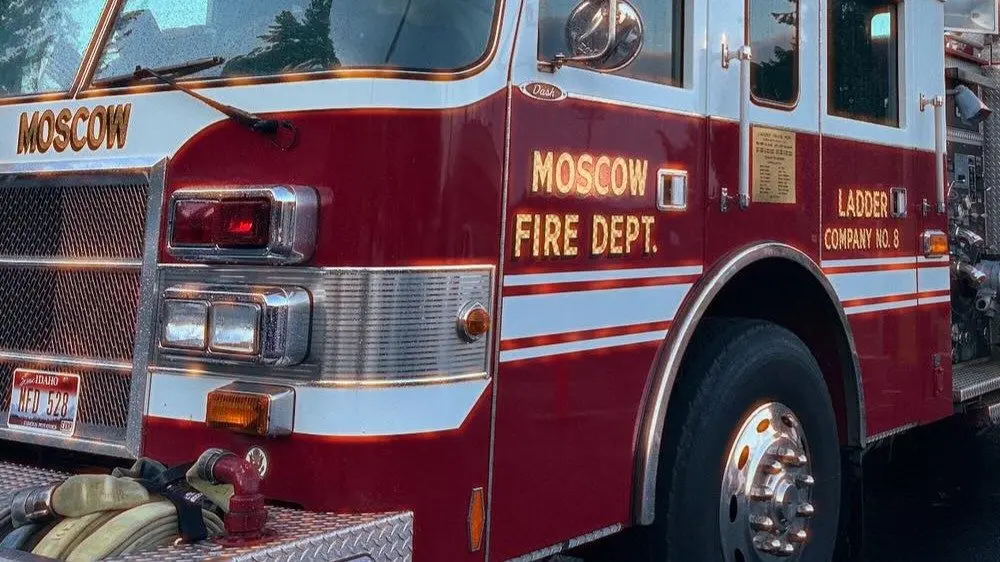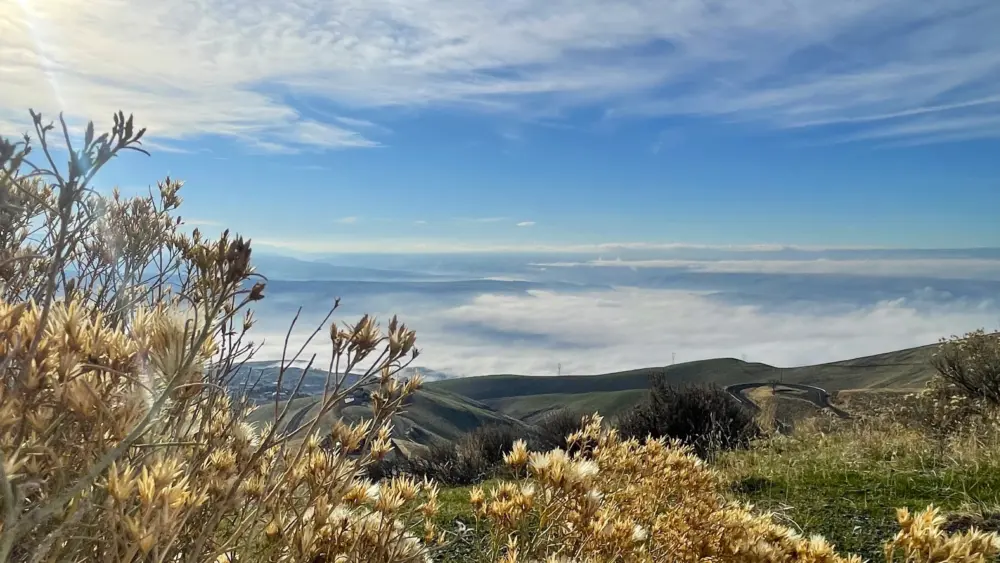PULLMAN, WA – The number of Native American students in Washington schools isn’t being accurately counted, affecting school funding and student services and scholarships.
That’s according to a new report on Native American education in the state, commissioned by the Washington legislature and led by Zoe Higheagle Strong, Nimíipuu (Nez Perce), director of the Office of Tribal Relations at Washington State University.
The report is a follow-up to a 2008 study that addressed the achievement gap between Native and non-Native students in Washington. The new report calls out successes that flowed from the earlier report, in addition to highlighting the challenge of data collection.
“Taking a strength-based approach on progress is critical,” said Higheagle Strong. “We wanted to highlight what’s working, and what can be a model for others.”
The theme of the report is the need for tribes, school districts, and the state to work together reciprocally to improve education for Native students.
Gauging the success of Native American education depends on knowing how many Native students there are — a process that has been complicated for decades by the way demographic data is collected and reported.
It cites programs like the Swinomish Indian Tribal Community partnering with La Conner High School to create an environmental science program that centers on Indigenous traditions, values, and ways of knowing. Or the Salish School of Spokane, which developed a language immersion instruction method that is so successful it has been used in tribal, private, and public programs throughout the country.
The report notes, though, that gauging the success of Native American education depends on knowing how many Native students there are — a process that has been complicated for decades by the way demographic data is collected and reported.
In 2007, the U.S. Department of Education changed its guidance in counting race and ethnicity, which lowered the number of Native Americans in official datasets. That’s because Native Americans who identified as more than one race, or as having Hispanic/Latino ethnicity, were counted under those categories, not as American Indian/Alaska Native.
Therefore, the report said, demographic data on the Office of the Superintendent of Public Instruction’s website is “highly inaccurate when it comes to multiracial and multiethnic students who have tribal membership but are not being recognized as American Indian/Alaska Native.”
A 2023 study by the American Institutes for Research concluded that up to 70% of all American Indian/Alaska Native students across the country were undercounted in public education over a four-year period. In Washington, that came to nearly 36,000 students — or a potential loss in funding of nearly $12 million each year to school districts serving those students.
Higheagle Strong said the solution has to come from legislative action requiring more accurate counting of Native American students in K–12 and higher education.
WSU used those “maximum representation” practices to successfully launch the Native Coug Scholars Fund pilot program, funded by the state. WSU, in partnership with Tribes, developed eligibility criteria and culturally supportive practices for recruiting and retention. Then “we went into the data and literally had to find students who weren’t receiving the scholarships they deserved,” Higheagle Strong said.
The results included a much higher retention rate of 83% for recipients of the scholarship program, compared with a 71% retention rate among Native students who did not participate. There was also a notable increase in applications from Native American students.
Higheagle Strong says the new report reflects the hard work that tribes and school districts have undertaken to build relationships and improve programs and experiences for Native students in Washington.
“Our state is one of the leaders in the United States,” she said. “It happened through relationships, and there is still a lot of work to do.”





